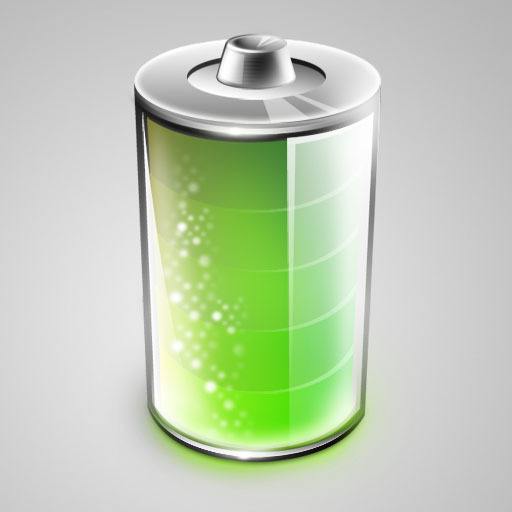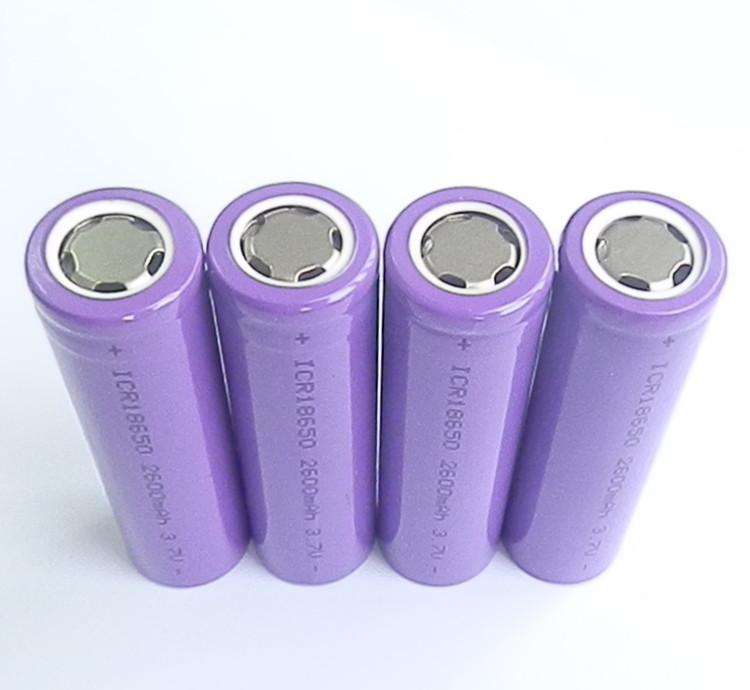What To Do With A Swollen Lithium Ion Battery?
Nov 18, 2019 Pageview:2688
When a battery of lithium ion fails, things can go very far to the south. When you open your phone to find a battery that is swollen twice its size, careful care and handling are crucial both to your health and to others ' safety.
Is A Swollen Lithium Ion Battery Dangerous?
Yes, a swollen lithium ion battery is very dangerous not only for the device but also for the person’s health and it should be dealt with safety and care as health is more precious than anything else. This ranges from a teeny to bloody hazardous depending on the chemistry of batteries. A swollen lithium-ion battery can easily catch fire or explode. It should be proceed with extreme precautions and at your own risk when removing a swollen battery from electronic device. If you have any doubts about your ability to safely remove the battery then it’s better to power down the device first and then isolate the device.
Removing a swollen battery can also be very dangerous, but having a swollen battery inside a system often possess risks. To prevent potential device and bodily harm, a device should not operate with a swollen battery. It’s recommended not to use a swollen battery, or do not charge it as they can eventually pop up and catch fire, if not on the first charge / discharge phase, but they're going to do so in a matter of time. A puffed lipo is typically a lipo close to the end of his life.
It can easily be seen on you tube that what a lipo cell that has popped up does, as soon as the outer case of the battery is broken there is a large lithium gas discharge and then it catches fire. It has been happened before when people used things with recommended lipos, pulling packs apart or changing them to different configurations, It takes days to weeks to get the lithium smell out of the house and have a metal container to carry it out as it is very hazardous to touch it.
What Causes Lithium Ion Battery To Swell?
For many reasons, lithium-ion cells may swell, but the issue of deep discharge swelling and the associated hazards with charging such a battery appear to be underestimated in some way.
Some common causes of swelling of the lithium ion battery includes:
Overload conditions that speed up parasitic reactions between the electrodes and the electrolyte, with heat and gas release.
Poor cell content and low anode size to cathode stoichiometric ratios, accumulation of particulate matter.
Mechanical damage to electrodes caused by the application of the drug or during the assembly of the cell.
Excessive temperatures (do not leave your cell phone in the car).
Deep cell discharge.
Anything that increases a battery's self-discharge rate is bad including the poor quality of manufacturing and heat exposure and allows your battery to go faster into deep discharge.
The following CT scan reveals extreme distortion of the jellyroll from gassing due to deep discharge. A battery like this one wouldn't work very well, as you might imagine and rather it swells and creates problems.
Figure 1 CT Scan image of a swollen battery
A condition of deep discharge can also create safety hazards. When a lithium-ion cell enters a deep discharge, it is in a highly de-intercalated state (the word intercalate means inserting in a crystal lattice between layers). Both the anode and the cathode have' cubbyholes' to pass back and forth to the lithium-ion in a lithium-ion battery. The protective passivation layer on the anode called the Solid Electrolyte Interphase (SEI) layer decomposes when the battery is deeply discharged, with new electrode and electrolyte surfaces coming into contact and the formation of a new SEI layer. All these reactions result in the formation of gas.
The copper current collector on the negative electrode also begins to dissolve. When these copper ions are recharged, they deposit on electrode or separator surfaces potentially leading to a short copper and thermal runaway hazard (Battery people call this an accident, while normal folks call it an explosion).
Such a deeply discharged battery should not be recharged, and the device manufacturer must implement a deep discharge voltage cutoff in the battery protection system. This may include trickle charging until a certain minimum voltage is reached in a given time and then ramp up charging. Unless the voltage threshold is reached in the given time, the battery would be marked as defective and shut down, thereby preventing its use and saving the life.
How Do You Deal With A Swollen lithium ion battery?
When you suspect a swollen battery on your phone, the first move is to be alert. It is incredibly dangerous to puncture a battery in any country, but swollen batteries are particularly vulnerable to failure because their housing is already under pressure from the built-up gases inside the battery. In short, be careful about handling any device with a suspected swollen battery.
Swollen batteries should not be used and should be properly replaced or disposed of. For options to replace a swollen battery under the terms of the applicable warranty or service contract, includes options for replacement by an authorized service technician.
Handling and replacement guidelines for a swollen Lithium-ion batteries are given below ;
Do not charge your phone if you believe that your battery is swollen. As low as you can run the battery down as this can reduce the risk of explosion.
Do not use foreign objects to crush, drop, mutilate or penetrate the battery.
Do not expose the battery to high temperatures or disassemble packs and cells of batteries.
Do not apply pressure on the battery surface.
Do not use the battery in such a way that it bends.
Do not use any type of tools to pry on or off the battery.
If, as a result of swelling, a battery gets stuck in a device, do not try to free it as it can be dangerous to puncture, bend, or crush a battery.
- Prev Article: How Do Rechargeable Lithium Ion Batteries Work?
- Next Article: How Long Do 18650 Batteries Hold Charge?
Leave Message
Hottest Categories
-
Hottest Industry News
-
Latest Industry News













